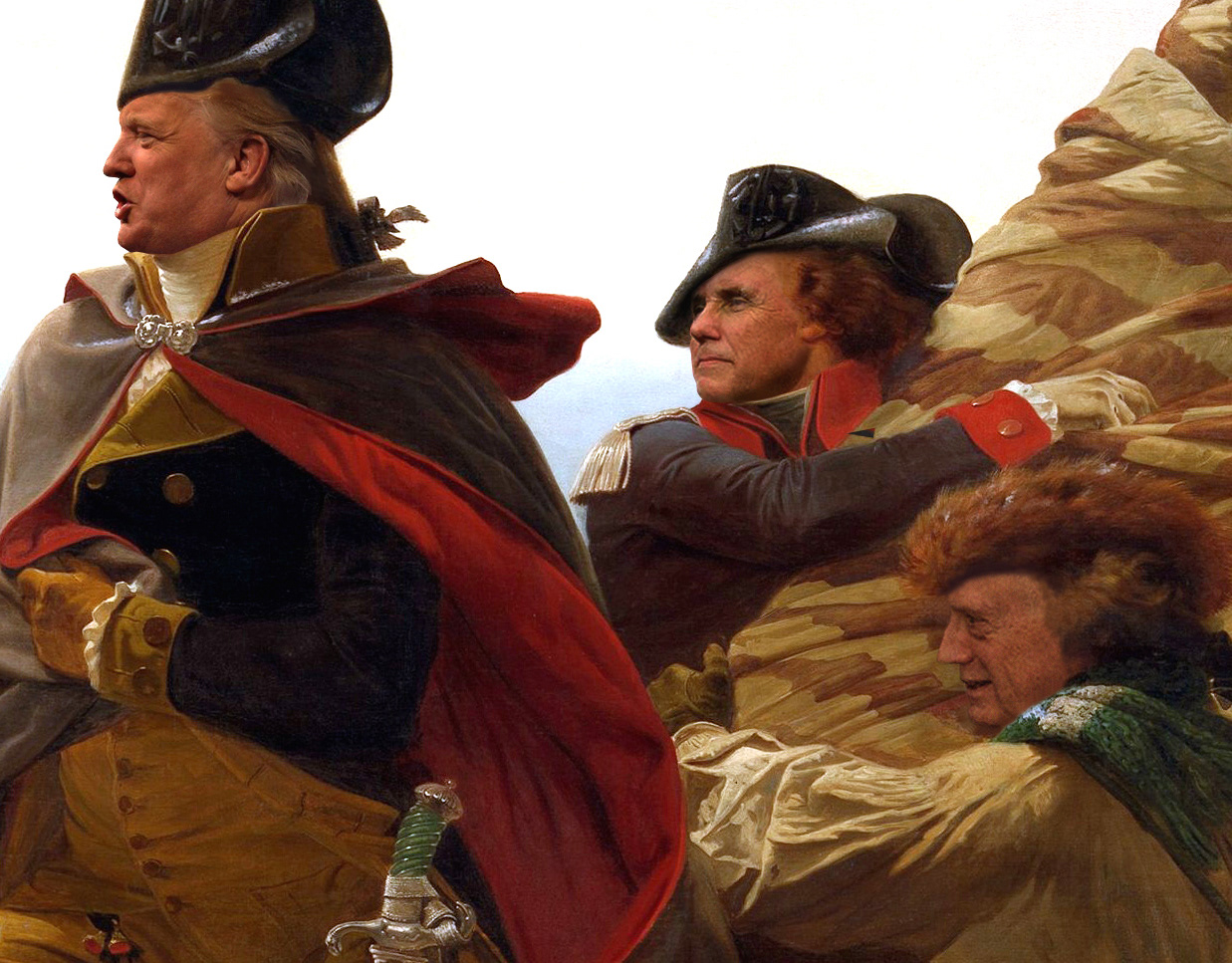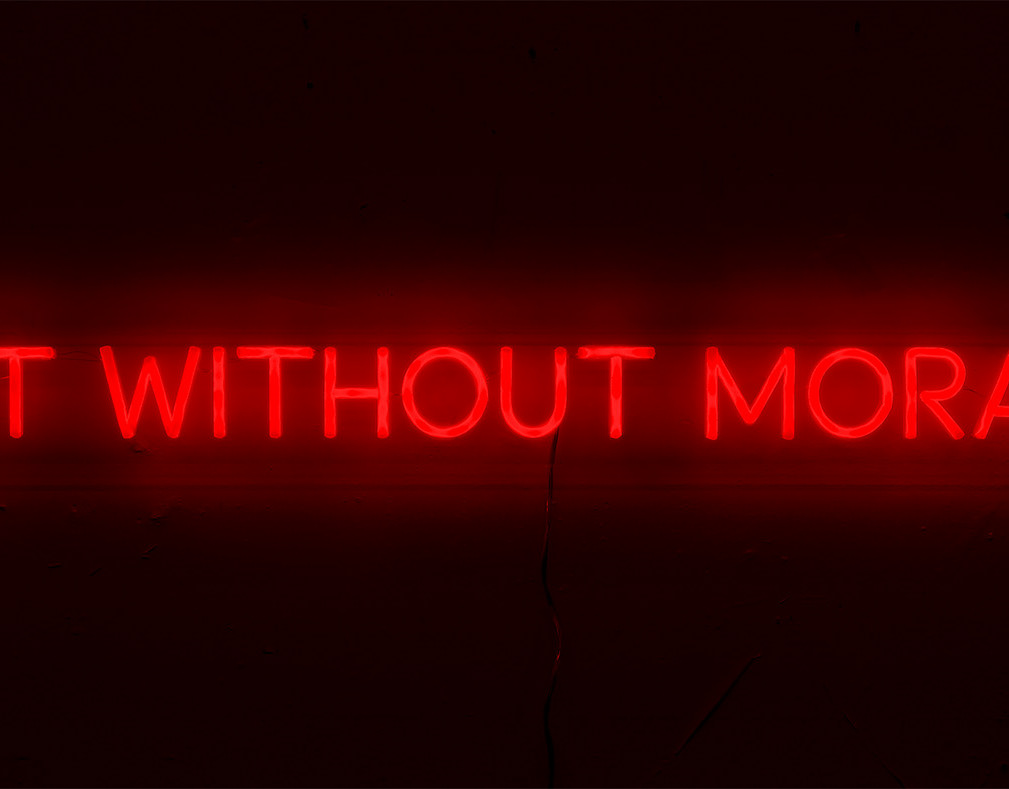SOLD: Permanent Collection of Viterbo University, Art Museum, La Crosse, Wisconsin
In a poignant and compelling installation, Keith Francis presents "Exploitation," featuring six mason jars filled with black-and-white archival photographs of individuals subjected to slavery from the mid-1800s to the present day in the United States. This artwork critically interrogates the enduring legacy of slavery, revealing that the abolition of slavery through the Thirteenth Amendment in 1865 did not extinguish exploitation but rather transformed it into more subtle and pervasive forms.
Francis's work illuminates the persistent reality that, despite the formal abolition of slavery, exploitative practices have endured, both overtly and covertly. A striking example is the construction of the First Transcontinental Railroad, which relied on the forced labor of Chinese workers from 1863 to 1869—an often-overlooked chapter in the narrative of American progress. Moreover, today's agricultural industry continues to rely on forced labor, with numerous fruits and vegetables harvested under conditions that starkly echo the very exploitation the Thirteenth Amendment aimed to dismantle. In California’s fertile valleys and Florida’s orange groves, workers frequently endure grueling conditions for meager pay, a modern reflection of centuries-old injustices.
The acquisition of "Exploitation" by a university for its permanent collection highlights the significance of this work within contemporary art discourse. It functions not only as a critical reflection on America’s historical and ongoing struggles with slavery and forced labor but also as an educational tool that encourages viewers to confront and engage with these persistent issues. By doing so, Francis’s piece contributes to a crucial dialogue about social justice, human rights, and the importance of acknowledging uncomfortable truths to pave the way for a more equitable society.
This powerful commentary situates Francis alongside other contemporary artists like Kara Walker and Ai Weiwei, who similarly use their art to address historical injustices and spur critical reflection on societal issues, reinforcing the vital role of art in fostering awareness and driving social change.










